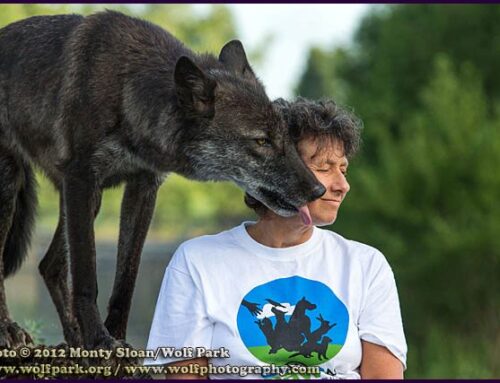 Before there was the GPS unit there was the map and compass. It was imperative that anyone traveling into the backcountry, especially going off marked trails, understood how to use them. Despite common knowledge, compasses do not always point north, in fact they never do. They point to magnetic north which is different from ‘true north’. Maps indicate which way is ‘true north’. In order to use the compass you first have to adjust the declination, the difference between magnetic north and true north, something which is dependent on where you are at the moment on the planet.
Before there was the GPS unit there was the map and compass. It was imperative that anyone traveling into the backcountry, especially going off marked trails, understood how to use them. Despite common knowledge, compasses do not always point north, in fact they never do. They point to magnetic north which is different from ‘true north’. Maps indicate which way is ‘true north’. In order to use the compass you first have to adjust the declination, the difference between magnetic north and true north, something which is dependent on where you are at the moment on the planet.
If you are trying to get to a specific location you orient the map with the compass and come up with a bearing to follow. If you happen to be a degree off when you begin your journey it may not matter if you don’t have far to travel, but as that distance increases, that one degree will send you further and further away from your destination.
With many dogs it does not matter if the way you think about their behavior and respond to it is off slightly from true north. The route you follow may get you close enough to where you hope to be heading that it doesn’t matter all that much. But if you are working with a dog who requires a longer journey, that small inaccuracy grows the further along you travel until you are so far off track that you may never get to where you are trying to go. Indeed you may even lose sight of it. And in the worst cases, you may lose the dog to aggression.
Many of us are following a bearing with our dogs that is getting closer to our goal with them. But even still, we may be off just enough that it will impact the outcome. Hopefully we have adjusted for declination by knowing that it’s not enough to try to stop inappropriate behaviors and need to teach our dogs how we want them to behave. But I think we need to adjust our bearings even further, and it’s a very subtle shift. Instead of trying to get our dogs to perform the behavior we want, rather than another, we need to look at the actions that make up that behavior. The actual behavior of the behavior.
Moving toward people is often very challenging or impossible for a fearful dog. Yet we want them to come to us when called. We need them to come to us when called. So we work on recalls. We create situations in which the dog can practice coming to us and being rewarded for it. It’s not a bad idea, but there are many dogs out there who never had the chance to practice, and get good at, the ‘moving toward people’, behavior. We’ve gone from-
“How do I get my dog to stop running away from me?” to-
“How do I get my dog to come when I call him?” and now need to ask-
“How can I give my dog the opportunity to practice behaviors that make up the ultimate behavior I want?”
In my dog’s case I used targeting to help build a recall. I asked him to touch an object in my hand, which I would then toss for him to chase, to give him the chance to work on moving toward me. Before he could come to me on cue, he could come to me to target something. I could have used targeting as a recall cue, but I didn’t. I did not want to give him any reason to not want to continue practicing the ‘moving toward a person’ behavior. So targeting remains a game which rewards him with the chase. The treat/retreat protocol Suzanne Clothier teaches works on this principle as well. The tossing of treats gives a dog the opportunity to move toward and away from a person. The objective is not to lure the dog closer to a person, but rather to give the dog numerous opportunities to practice the ‘moving toward a person’ behavior.
We can think about any behavior we want our dogs to perform in this way. It may only be a one degree shift in thinking, but for the dog with miles to travel, it just might help us reach our destination without much backtracking.





